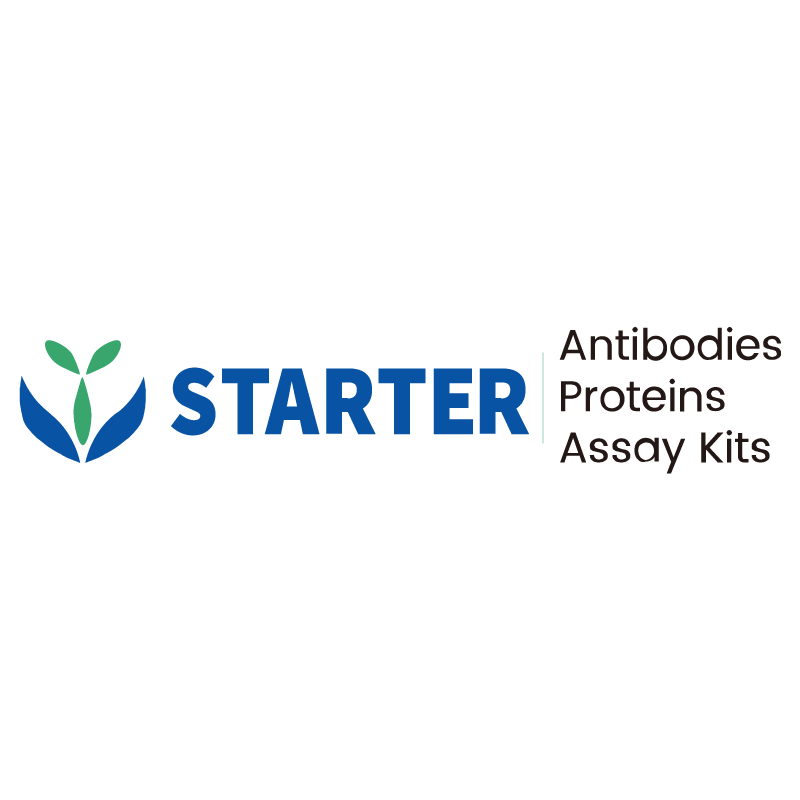WB result of ApoE4 Recombinant Rabbit mAb
Primary antibody: ApoE4 Recombinant Rabbit mAb at 1/1000 dilution
Lane 1: ApoE4, his tag (S0A9040) protein 20 ng
Lane 2: ApoE3, his tag (S0A9058) protein 20 ng
Lane 3: ApoE2, his tag protein 20 ng
Secondary antibody: Goat Anti-rabbit IgG, (H+L), HRP conjugated at 1/10000 dilution
Predicted MW: 36 kDa
Observed MW: 37 kDa
Product Details
Product Details
Product Specification
| Host | Rabbit |
| Antigen | ApoE4 |
| Synonyms | APOE4 |
| Immunogen | Recombinant Protein |
| Accession | P02649 |
| Clone Number | SDT-1849-68 |
| Antibody Type | Recombinant mAb |
| Isotype | IgG |
| Application | Sandwich ELISA |
| Reactivity | Hu |
| Cross Reactivity | Only recognize ApoE4, no cross reactivity against ApoE2, ApoE3, ApoA1, ApoB, ApoC2. |
| Purification | Protein A |
| Concentration | 2 mg/ml |
| Purity | >95% by HPLC |
| Conjugation | Unconjugated |
| Physical Appearance | Liquid |
| Storage Buffer | PBS pH7.4, 0.03% Proclin 300 |
| Stability & Storage | 12 months from date of receipt, 2 to 8 °C as supplied |
Dilution
| application | dilution | species |
| WB | 1:1000 | Hu |
Background
Apolipoprotein E (ApoE) is a multifunctional protein that plays a crucial role in lipid metabolism and transport. It is synthesized primarily in the liver and brain, and it helps in the formation and clearance of chylomicrons and very low-density lipoproteins (VLDLs), which are essential for the transport of dietary lipids and endogenous lipids throughout the body. ApoE exists in three major isoforms—ApoE2, ApoE3, and ApoE4—each with distinct genetic and functional characteristics. ApoE3 is considered the most common and neutral form, while ApoE4 is associated with an increased risk of developing late-onset Alzheimer's disease and cardiovascular diseases due to its role in promoting amyloid-beta aggregation and impaired lipid clearance. The earliest identified and most significantly associated genetic risk factor for AD is the E4 allele of the APOE, which markedly increases AD risk relative to the APOE3 allele, while the APOE2 allele is considered protective. A single amino acid difference between APOE3 (Cys112) and APOE4 (Arg112) results in a protein conformational change that affects binding to apolipoprotein receptors, lipids, and Aβ. Brain APOE is mainly produced by astrocytes and secreted to the extracellular space, where it serves as the primary cholesterol carrier. Importantly, APOE is expressed by other brain cell types including neurons and microglia, where its expression can be altered under neuropathological conditions.
Picture
Picture
Western Blot
Paired Recommendations


